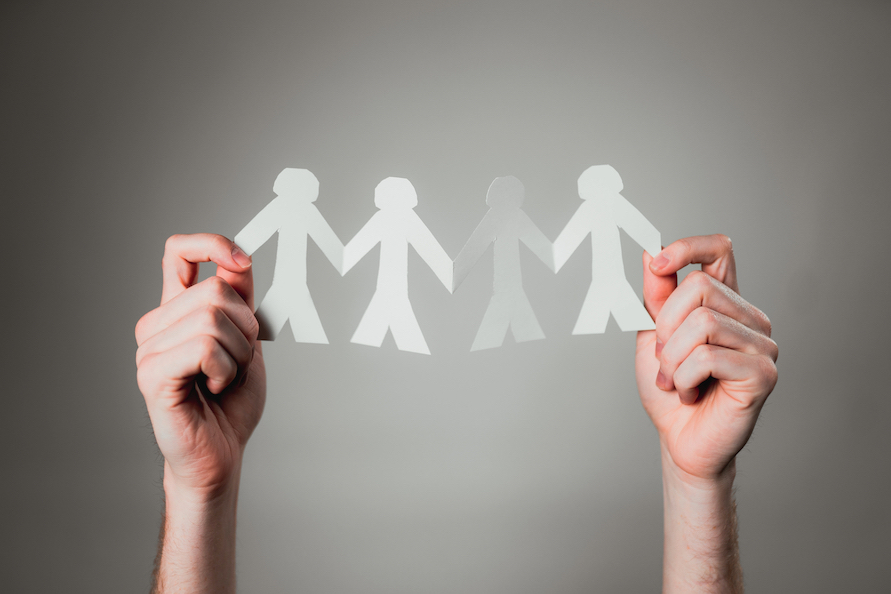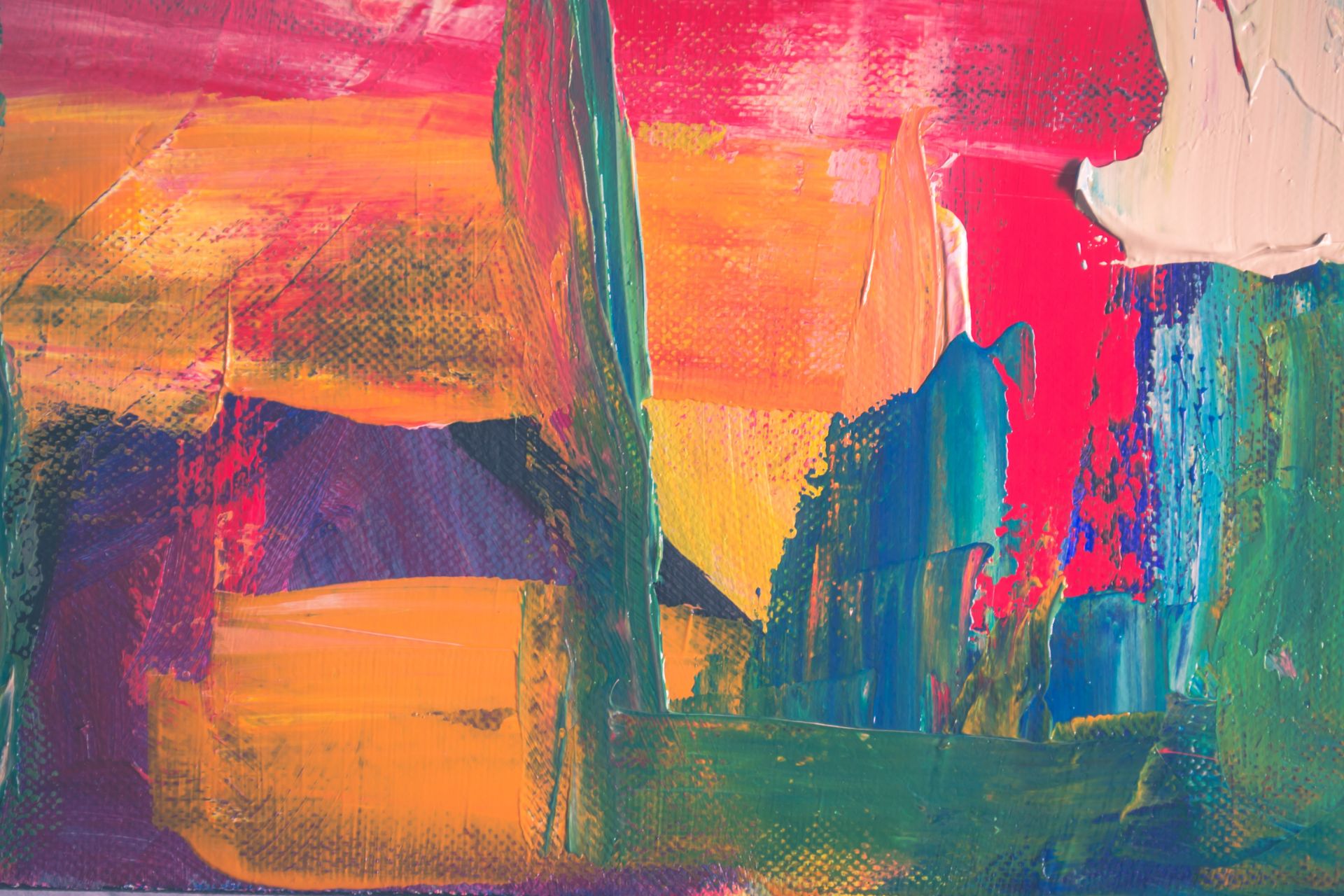Racial strife isn’t just a modern issue. The Jews in the Ephesian church had a hard time (to put it mildly) worshiping with Gentiles, because for their entire history, being God’s people had been nearly synonymous with being Jewish. When a Gentile wanted to know God, he learned Hebrew and picked up Jewish customs.
But then Jesus launched his whole “whosoever will” program, and a bunch of Gentiles started believing and joining the church. That’s great news for Gentiles like you and me. But it caused a lot of trouble.
Just imagine: Now there are new churches with Jews and Gentiles. This wasn’t really a thing before. And sure, it sounds beautiful—in fact, it is beautiful. But it was also full of differences in customs, fashions, preferences, and perspectives. Which means it was full of conflict.
Just like our churches today.
In Jerusalem, there was a literal 10-foot stone wall around the Jewish temple with a sign that read, “Any Gentile entering beyond this wall will have only himself to blame for his ensuing death.” Not the most “seeker sensitive” approach. But the Jews had their reasons. This wall separated, in their minds, the good from the bad, the clean from the unclean, the safe from the unsafe, the holy from the unholy. Sound familiar?
The modern church might not be putting up walls around its gathering places, with signs reading, in essence, “Outsiders be warned: Come in here and you’ll die.” But we build our own, more subtle, walls inside. We put up dividing walls of ethnicity, education, politics, and class. Walls that, in our minds, uphold the utmost moral standard, separating the right people from the wrong people, the good from the bad, the safe from the unsafe.
By categorizing ourselves, we find a place to belong—and to feel superior.
Paul says, however, that there’s another way. When Christ died, the veil in front of the Holy of Holies (the one that separated man from God) was torn in two, putting us all into the same category—sinner. And not just sinners, but sinners invited into God’s very presence. Redeemed, restored sinners.
The walls we build might make us feel safe, but God hasn’t commissioned them. After all, before we’re part of any social group, we’re people made in the image of God. We all have the same problem—sin. We all have the same hope of redemption—Jesus’ sacrifice. In God’s eyes, there aren’t good people and bad people, safe people and unsafe people. There are only bad, dead, sin-sick rebels, children of Satan, sons and daughters of disobedience, without God and without hope in this world.
But.
But Jesus’ blood, Paul says, cleanses us all alike (Ephesians 2:14). This was a revolutionary thought to the Jews. And, truth be told, it’s a revolutionary thought to many of us—if not in theory, at least in our practice.
Paul goes on to say that Jesus’ death and resurrection created a whole new race of humanity. This “new” isn’t new like the most recent iPhone model. The Greek here is kainos, meaning a whole new type—a whole new race, so to speak. In this “new race,” God doesn’t erase our ethnic or cultural distinctions. (In fact, he made the cultures as a display of his glory! cf. Revelation 22.) But he gives us a more fundamental identity than any other label we’d give ourselves.
Which is why ethnic unity is central to the church’s mission. Ethnic unity isn’t the gospel message. But it sure is an essential implication of that message. After all, how could we, outsiders who were grafted into God’s family, suddenly decide that unity with others doesn’t matter? How could we receive vertical redemption without any horizontal impact?
In Jesus, there’s only one kind of sinner: dead, and only one type of believer: alive in Christ, fully adopted into God’s family, partakers of God’s glorious inheritance. The end.


